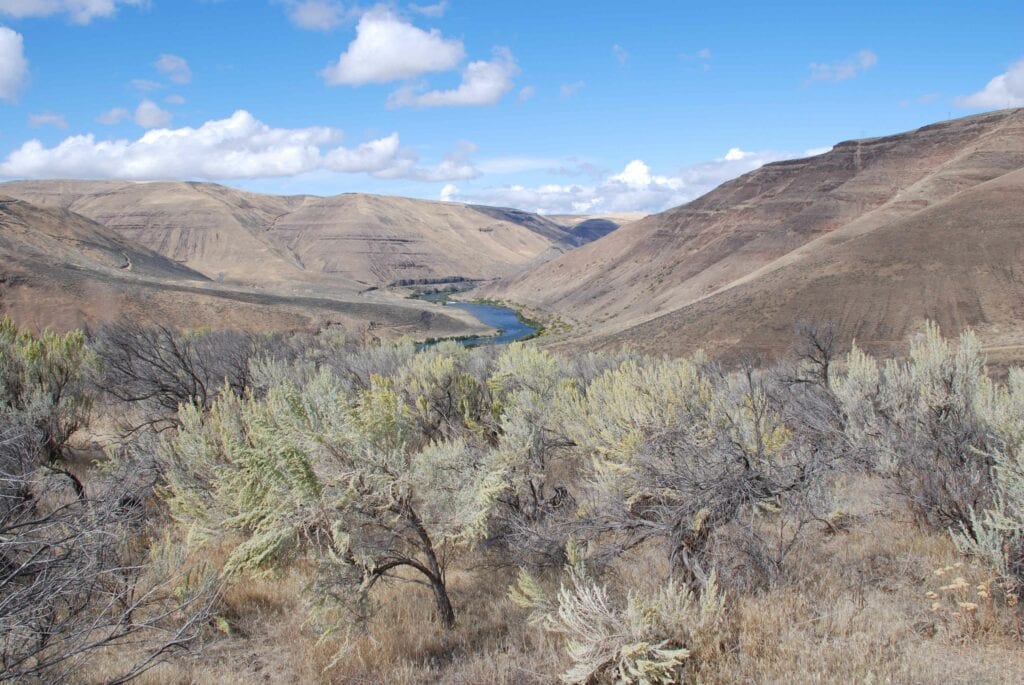What are the optimal seasonal patterns of precipitation and temperature that favor cheatgrass?
Locations with relatively warm fall temperatures (examples are the Columbia, Snake, and Humboldt basins) are especially susceptible to cheatgrass (Bromus tectorum) dominance, while those with cooler fall seasons and relatively wet winters and springs are more resistant to cheatgrass (Bradley et al. 2016; Cline et al. 2018).
